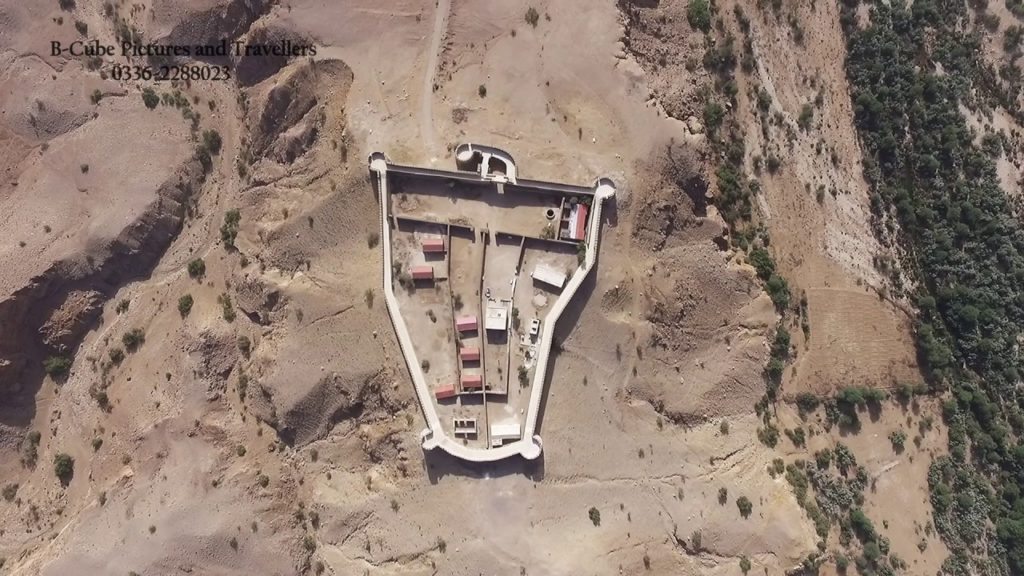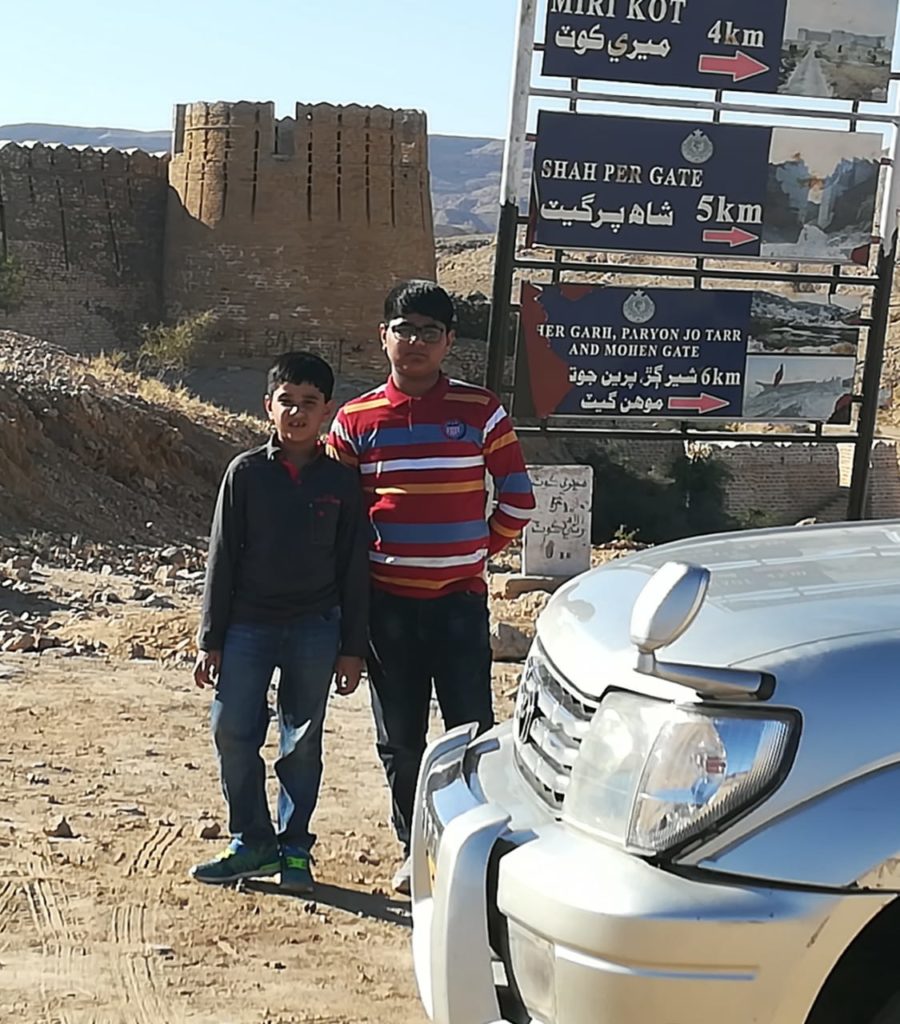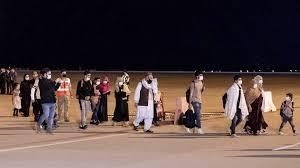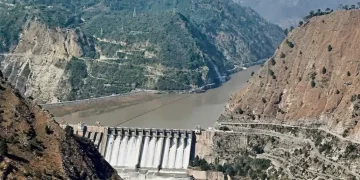
The great wall of Sindh is also known as Ranikot fort. It is a historical site located near Sann, Jamshoro district, Sindh. The fort is said to be world’s largest fort with a circumference of almost 32 kilometers. It has been declared as a historical sit under the Antiques Act 1975 and its subsequent amendments and is provided protection.

The original purpose of building this fort and its architects are unidentified. It has been claimed that the fort was built by the Sassanis, the Scythians, the Parthians or the Bactrian Greeks, however, more recent evidence shows that the fort originated under the Talpurs. Archeologists and historians believe that it was built in 17th century while some claim that it was reconstructed by the Talpur tribe in 1812.

The fort is huge, connecting several bleak mountains of the Kirthar hills along contours, and measures 32 kilometers in length. The fort’s wall is interspersed with several bastions, and three are of semi-circular shape. The northern part of the fort’s perimeter is a natural high hilly formation while on the other three sides it is covered by fort walls.
The great wall of Sindh is indeed a great tourist site and a must visit place for all of us. It can be explored by planning a one-day trip from any part of Sindh and for tourists, huts are now also available nearby the site. These huts are highly utilized by families and universities who arrange students’ tours frequently to the site and arrange bonfire events.
The site is not so far away from Sehwan where the tomb of famous Sufi saint Lal Shahbaz Qalandar is located. I recommend all of you to do visit both of these historical sites as these are worth exploring.


















































Keep it up Abdullah ??
Waiting for more tourism related posts